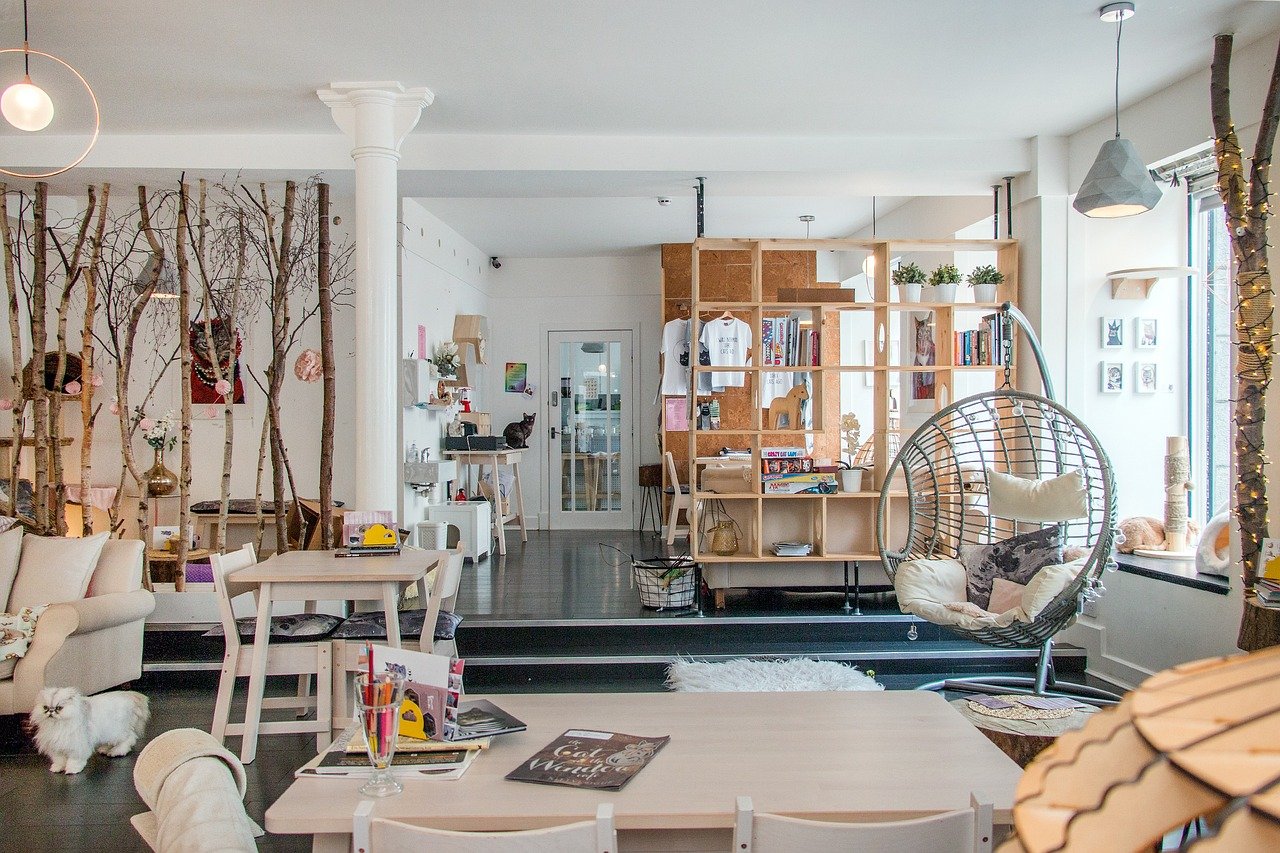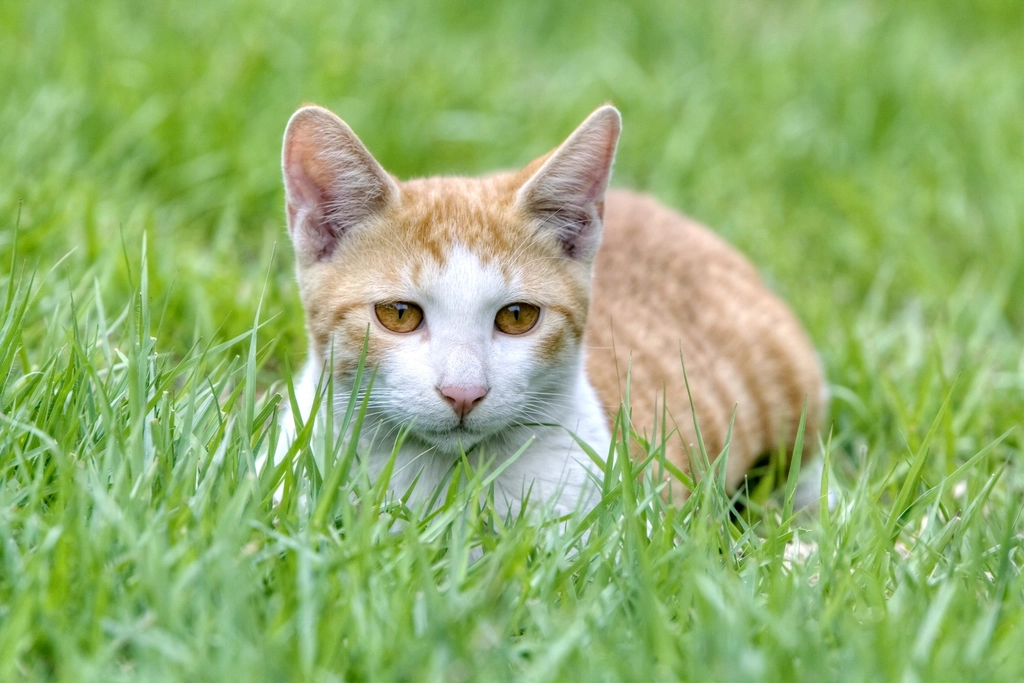In recent years, there has been a notable shift in how cities around the world are accommodating our feline friends. Cats have long been cherished companions, but urban environments have not always been the most welcoming for them. However, as more people choose to live in cities, the demand for cat-friendly spaces is on the rise. This trend is not only about providing cozy corners for cats but also about creating a harmonious environment where both humans and cats can thrive. Let’s explore why more cities are becoming cat-friendly and what this means for both residents and their furry companions.
Understanding the Urban Cat Phenomenon
Cats have a unique place in urban life. Unlike dogs, which often require large spaces and frequent walks, cats are more adaptable to apartment living. This adaptability makes them ideal pets for city dwellers. However, the urban environment can still be challenging for cats, with dangers such as traffic and limited green spaces. Recognizing these challenges, cities are beginning to create environments that cater to the needs of cats. This includes safe outdoor areas and innovative indoor spaces that encourage natural feline behaviors like climbing and scratching.
The Rise of Cat Cafés
One of the most visible signs of cities becoming cat-friendly is the proliferation of cat cafés. These establishments offer a unique blend of relaxation for humans and a playful environment for cats. Patrons can enjoy a cup of coffee while interacting with resident cats, which are often available for adoption. Cat cafés not only provide a haven for cats but also raise awareness about responsible pet ownership. They serve as a reminder that cats are not just pets but companions deserving of love and care. Through these cafés, urban residents can experience the joy of feline company without the long-term commitment.
Designing Cat-Friendly Apartments

As more people live in urban apartments, the need for cat-friendly housing has grown. Architects and interior designers are now incorporating features specifically for cats. This includes vertical spaces such as shelves and climbing walls that cater to a cat’s natural instincts. Additionally, apartments are being designed with easy-to-clean surfaces and secure windows to prevent escapes. These thoughtful designs ensure that cats have the opportunity to explore and exercise within the confines of an apartment. By integrating these elements, city apartments become not just livable but enjoyable for both cats and their owners.
Community Initiatives and Cat Safety

Community involvement is crucial in creating cat-friendly cities. Many neighborhoods are establishing initiatives to ensure the safety and well-being of stray and outdoor cats. This includes setting up feeding stations, providing shelters, and organizing spaying and neutering programs. Such efforts help control the stray cat population and reduce the risks associated with outdoor living. Moreover, communities are educating residents on how to coexist peacefully with neighborhood cats. This fosters a sense of responsibility and care, ensuring that all cats, whether owned or stray, have a safe environment to thrive in.
Public Spaces and Cat Inclusion

Cities are rethinking their public spaces to be more inclusive of cats. Parks and green areas are being designed with features that cater to feline visitors. This includes shaded areas, water stations, and safe zones away from traffic. By accommodating cats in public spaces, cities are recognizing the role these animals play in urban life. These spaces not only provide a sanctuary for cats but also encourage community members to enjoy nature alongside their furry friends. It’s a step toward creating a more inclusive environment where all creatures are welcome.
Benefits of Cat-Friendly Cities
Creating cat-friendly cities offers numerous benefits. For residents, it provides a sense of companionship and reduces feelings of loneliness. Cats are known for their calming presence, which can be particularly beneficial in the fast-paced urban environment. Additionally, cat-friendly policies can improve the overall quality of life for residents. They promote responsible pet ownership and encourage community engagement. For the cities themselves, being cat-friendly can enhance their appeal, attracting more residents and tourists who appreciate a pet-inclusive atmosphere. This ultimately contributes to a vibrant and diverse urban culture.
Challenges in Implementing Cat-Friendly Policies
While the move towards cat-friendly cities is gaining momentum, it is not without its challenges. Implementing such policies requires coordination between city planners, community members, and animal welfare organizations. There are also financial considerations, as creating and maintaining cat-friendly spaces can be costly. Additionally, balancing the needs of cats with those of other urban wildlife and residents requires careful planning. Despite these challenges, the benefits of creating a harmonious environment for both humans and cats make these efforts worthwhile. With continued collaboration and innovation, cities can overcome these obstacles.
The Future of Cat-Friendly Urban Living
The trend toward cat-friendly cities is likely to continue as urban populations grow and evolve. Future developments may include more advanced technologies to monitor and care for urban cats, as well as increased public awareness campaigns. As cities become more attuned to the needs of their feline residents, we can expect to see even more innovative solutions. The future holds the promise of cities where cats are not only accommodated but celebrated as integral members of the community. This vision of urban living is one where humans and cats coexist in harmony, enriching each other’s lives.

Suhail Ahmed is a passionate digital professional and nature enthusiast with over 8 years of experience in content strategy, SEO, web development, and digital operations. Alongside his freelance journey, Suhail actively contributes to nature and wildlife platforms like Feline Fam, where he channels his curiosity for the Feline into engaging, educational storytelling.
With a strong background in managing digital ecosystems — from ecommerce stores and WordPress websites to social media and automation — Suhail merges technical precision with creative insight. His content reflects a rare balance: SEO-friendly yet deeply human, data-informed yet emotionally resonant.
Driven by a love for discovery and storytelling, Suhail believes in using digital platforms to amplify causes that matter — especially those protecting Earth’s biodiversity and inspiring sustainable living. Whether he’s managing online projects or crafting wildlife content, his goal remains the same: to inform, inspire, and leave a positive digital footprint.






